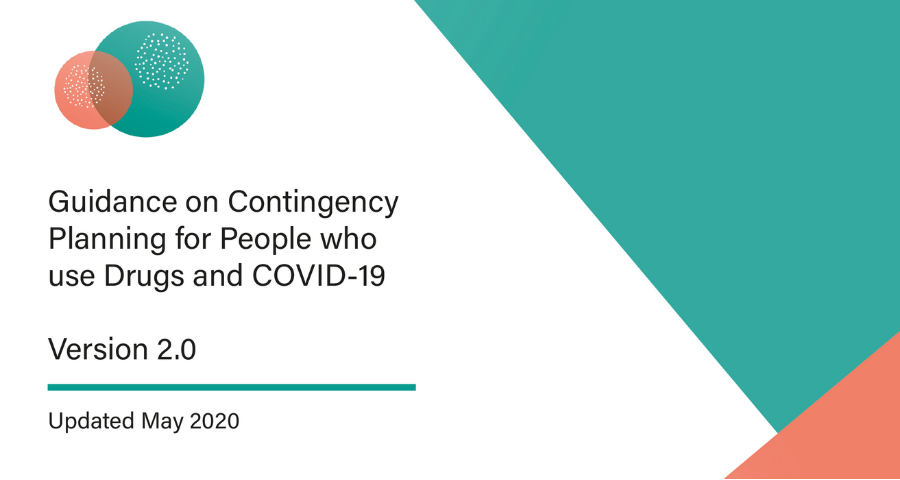
An update to guidance on contingency planning for people who use drugs during the COVID-19 outbreak has been published.
The guidance, developed to support people who plan and/or deliver services, has been designed to ensure that essential treatment and harm reduction services for this vulnerable population are maintained to a high standard in the challenging circumstances of the pandemic.
A number of issues have emerged since the publication of the first version of the guidance on the 19th of March, and so it was felt the guidance required revision and additions.
Some of the key issues that have been identified, either as additional issues or are expanded in version 2.0 of the guidance are :
- The moves to OST ‘take home’ doses and the clinical management and support of the most vulnerable people using services
- Clinical management and support of those using street benzodiazepines
- Identification and swift access to OST for those people with an opioid dependence who are not in treatment
- Support of people with a substance problem who are homeless
- Clinical management and continuity of care of those released from prison
- Clinical management and support of people who have a stimulant-based substance use problem
- Issues raised by the need for self-isolation and shielding by PWUD
- Changes to the delivery of IEP and naloxone services including through postal services
- BBV testing and treatment capacity
- Maintaining compliance with and supporting social distancing and other COVID-related advice
- Ensuring adequate deployment of key substance use staff including hospital liaison nurses
The guidance has been produced by SDF with support from a range of partners including the Sexual Health and BBV Prevention Leads Group, the Medication Assisted Treatment Sub-Group of the Drug Deaths Task Force and Scottish Government.
It is not meant to replace local contingency planning but to aid further development with regard to meeting specific challenging issues that areas are likely to be faced with now and over the coming months.
